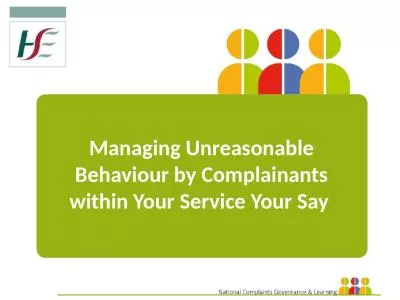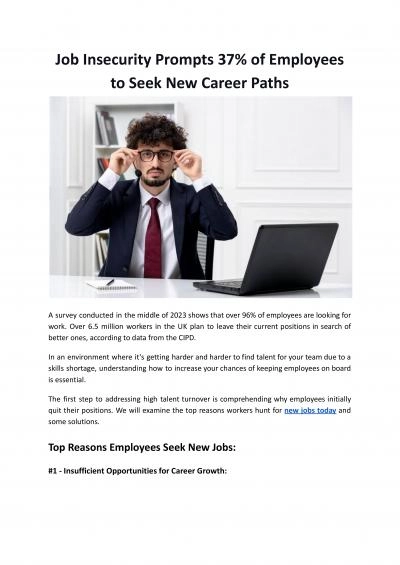PPT-So Your Staff
Author : lindy-dunigan | Published Date : 2017-08-08
Needs a SelfCare Program Presenters Lynn Skubiszewski LCSW and Nicole Perry LCSW NASWIL Welcome to Our Presentation http wwwyoutubecomwatchvXSusVgGWMk Presenter
Presentation Embed Code
Download Presentation
Download Presentation The PPT/PDF document "So Your Staff" is the property of its rightful owner. Permission is granted to download and print the materials on this website for personal, non-commercial use only, and to display it on your personal computer provided you do not modify the materials and that you retain all copyright notices contained in the materials. By downloading content from our website, you accept the terms of this agreement.
So Your Staff: Transcript
Download Rules Of Document
"So Your Staff"The content belongs to its owner. You may download and print it for personal use, without modification, and keep all copyright notices. By downloading, you agree to these terms.
Related Documents

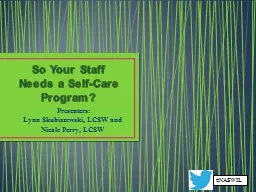


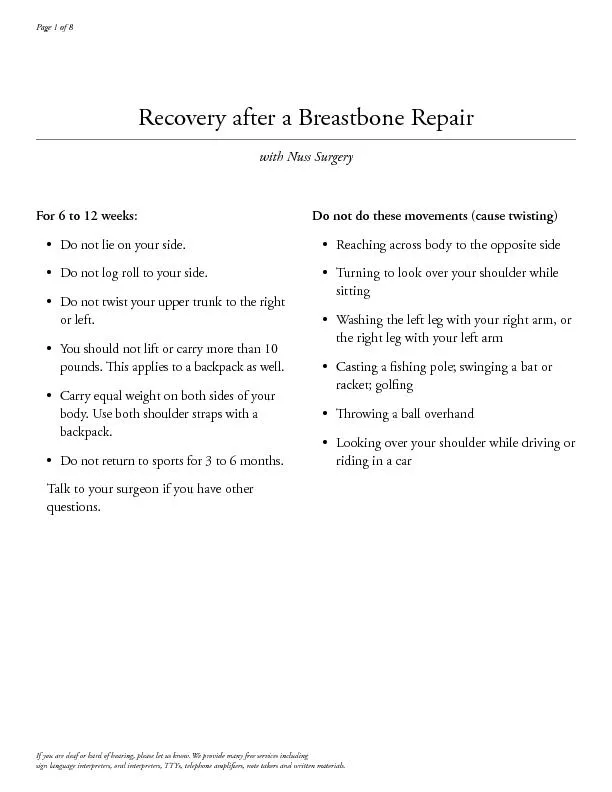
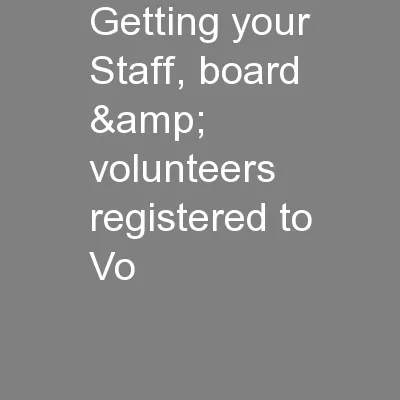

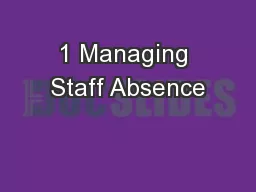
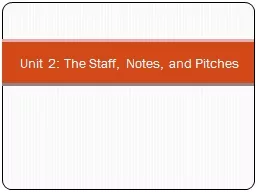
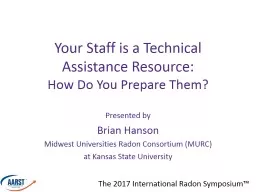

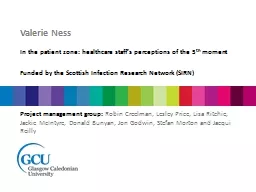
![[PDF READ ONLINE] End Of Life Planning Workbook: A Book To Document Your Final Wishes](https://thumbs.docslides.com/1017606/pdf-read-online-end-of-life-planning-workbook-a-book-to-document-your-final-wishes-when-your.jpg)
